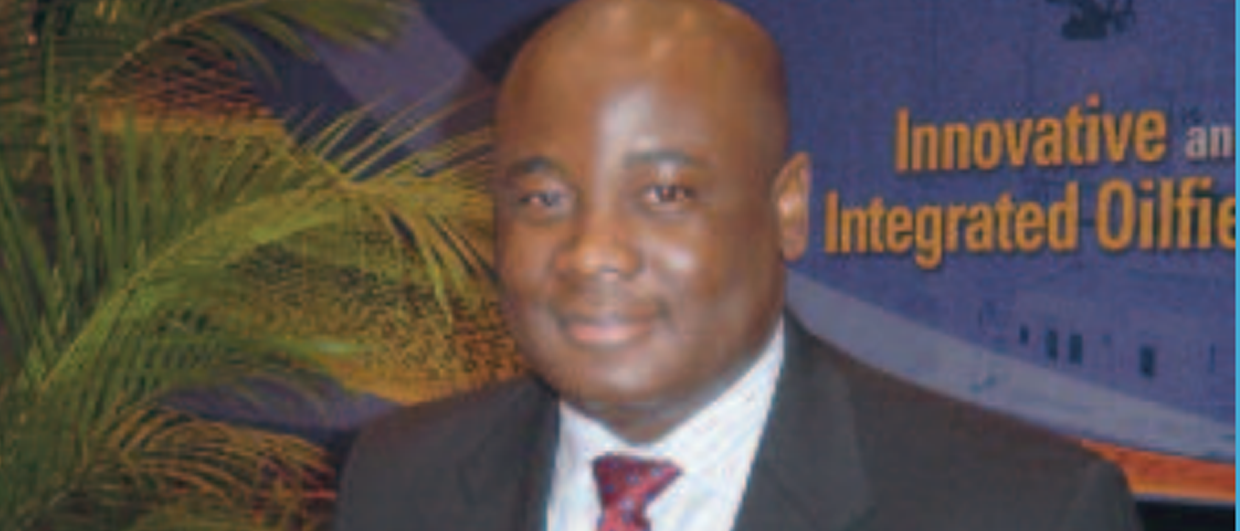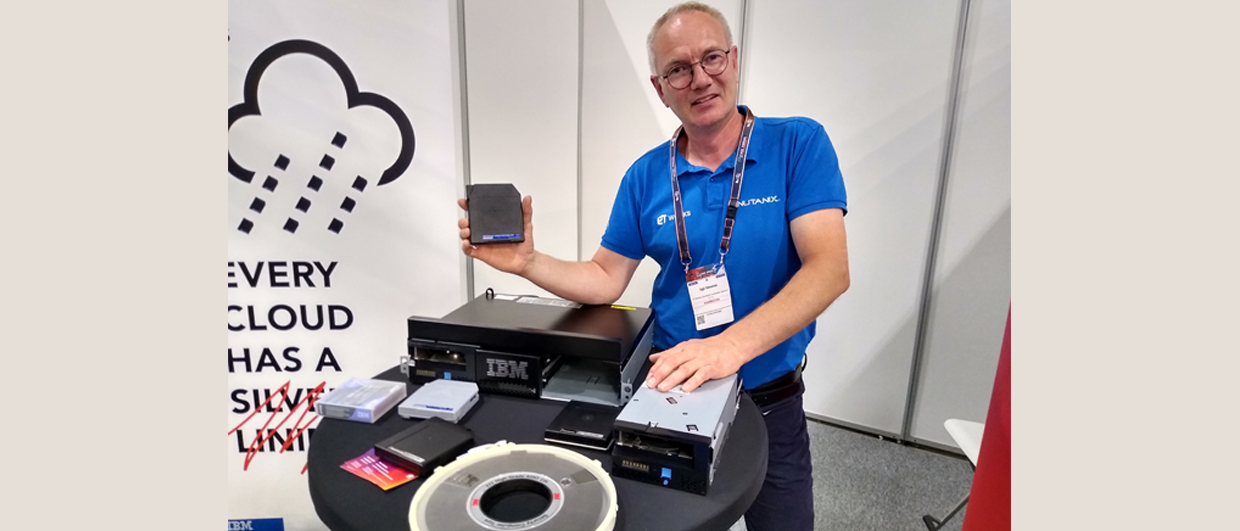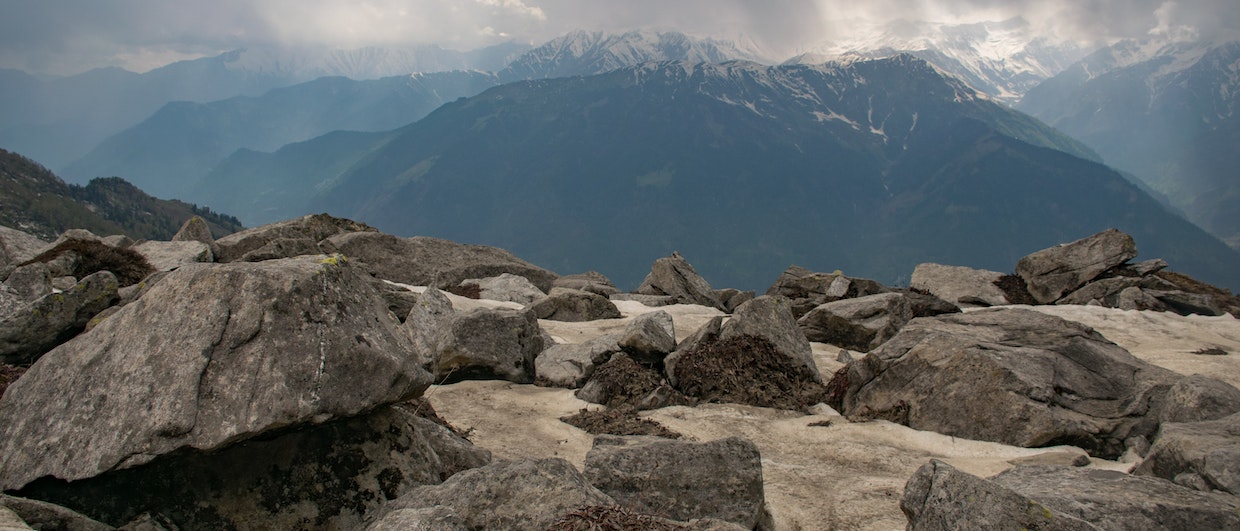With many of the world’s basins now explored, the search for new hydrocarbons is becoming dependent on improvements in seismic data quality. One of the new acquisition techniques is WesternGeco’s Over/Under technology, which involves the towing of multiple streamers at different depths, in order to broaden bandwidth and improve signal to noise ratio.
Tunde Laniyan is Product Champion of WesternGeco’s Over/Under project, which is masterminded from the WesternGeco Technology Centre in Oslo. Originally hailing from Nigeria, Tunde is an Electrical Engineer who worked for WesternGeco in Nigeria, Mexico, the UK and the US before moving to Norway in 2005 to champion this important project.
Vertically aligned streamers
“The theory for Over/Under seismic acquisition has been around for a long time, probably since the early ‘80s,” Tunde explains. “We knew that if we could tow two ‘layers’ of streamer exactly on top of each other, measuring the same wavefield, we could perform decomposition of the up- and down-going wavefields to combine the datasets. This technique enables us to remove the ‘ghost-notches’ that always modulate the seismic frequency spectrum, allowing us to extend the bandwidth at both ends of the scale.” In addition, Over/Under allows the streamer to be towed at greater depth, away from the interference of the surface waves, which significantly improves the signal-to-noise ratio.
However, the accuracy essential for this technique to be successful, requiring a horizontal displacement of less than 5m, meant that it could not be effectively developed until the advent of the individually steerable seismic receiver and source. The development of WesternGeco’s Q-Marine, which uses a fully-braced acoustic network to position each hydrophone, allowed the theoretical concept of Over/Under acquisition to become a reality.
“We started research into the application of Q-Technology to multiple level towing back in 2002,” says Tunde. “We consider that we are the only company with the technology to do this, with steerable single sensor streamers. There had been a steady take up of Q-Technology by clients, so we knew the industry were ready for this. We carried out the first practical tests early in 2004 and have already undertaken commercial projects using it.”
New deep targets imaged
The enhanced bandwidth allows for more sophisticated processing and imaging techniques and advanced multiple attenuation methods. Tunde points out that with this technology “clients can tell if they’re dealing with sandstone or shale, oil or gas. They can confidently identify thin structures and stratigraphic traps, giving them the ability to recognise hydrocarbon bearing sand layers less than 15m thick.
One of the most important applications of this new technique is for sub-salt and subbasalt imaging, particularly at depth. For example, we have recently successfully performed Over/Under surveys imaging the sub-basalt horizons in the Northeast Atlantic.”
“This technology is also ideal for 4D surveys,especially for reservoir management,” Tunde adds. With each streamer accurately positioned at greater depth and with favourable currents, we can safely control close passes by rigs, and, importantly, obtain very good repeatability between surveys. The enhanced imagery resulting from Over/Under acquisition gives us a very clear picture of changes in the reservoir.”
“Client feedback has been very positive. We have used the technology in the Gulf of Mexico, West Africa and West of the Shetlands, all areas where penetration through layers of salt and basalt to illuminate deep targets are key challenges. With Over/Under technology it is possible to tune the seismic frequencies for optimal solutions to these challenges. We are potentially opening up new areas and plays worldwide.”





